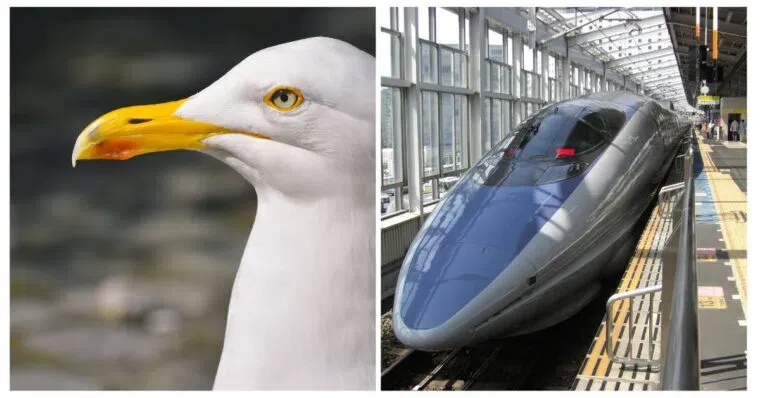How Biomimicry is Transforming Product Design and Innovation

Imitation of the living and nature. That is what biomimicry means. Nature is the source of life and sustenance that nurtures, provides, and protects all living beings. But it can do more than that; it can also inspire marvelous human engineering designs and innovation. For example, if it weren’t for the study of bird flight or airflow over bird wings, the idea of inventing a plane would have probably never occurred to humans. This serves as one of the earliest examples of biomimicry and shows how nature can be a great source of inspiration for humanity and its drive to create.
Today, biomimicry has become an essential tool for creating more sustainable designs and solutions that are inspired by nature. Let’s take a closer look at the world of biomimicry, and how it plays a transformative role in design and innovation today.
What is Biomimicry?
The simplest way to explain biomimicry is that it is the science of examining nature’s processes, models, and elements and using them to create sustainable solutions. The concept was first popularized in 1997 by scientist Janine Benyus in her book, Biomimicry: Innovation Inspired by Nature. There are three main elements of biomimicry, which are:
- Ethos: This represents how nature works and our responsibilities toward fellow living beings
- Emulate: Leveraging natural principles to create and formulate sustainable design solutions
- Reconnect: This reinforces the fact that humans and nature are deeply intertwined
Biomimicry begins with a system or material found in the natural world that becomes the basis for design or innovation. In fact, the main goal is to see nature as a model and design sustainable products around these standards.
ALSO READ: Sustainable Business: Why Your Company Needs to go Green
Examples of Biomimicry
 Biomimicry finds applications across various industries, from architecture, transportation, design, and urban planning to medicine, agriculture, and technology. Here are some examples of biomimicry to help you understand its applications better.
Biomimicry finds applications across various industries, from architecture, transportation, design, and urban planning to medicine, agriculture, and technology. Here are some examples of biomimicry to help you understand its applications better.
- Wind turbines are modeled after the tubercle-studded flippers of humpback whales According to public-benefit corporation NYSERDA, by 2030, the global gross domestic product from products based on beehives, whales, and seashells could reach $1.6 trillion
- The shape of the kingfisher’s beak inspired the aerodynamics of the Japanese bullet train
- Antimicrobial surfaces are created based on the presence of denticles on shark skin
How is Biomimicry Impacting Product Design and Innovation?
Biomimicry has become a viable tool for developing new sustainable products and technologies worldwide. According to a Statista report, the global biometric technology market is predicted to reach $18.5 billion by 2028. But how does this nature-inspired approach revolutionize design and drive innovation?
Turning to nature for ideas on designing and developing products works well and is substantially cost-effective. Additionally, biomimicry takes sustainable innovation further by exploring how nature’s operating instructions can be harnessed to build and redesign products that can better support environmental sustainability. This is why many businesses worldwide are now tapping into biomimicry to bring about innovation backed by eco-friendly products that are sustainable in the long haul.
Many challenges humans face today, like depleting energy reserves, have already been explained by nature. Emulating nature’s unique ways of adapting and problem-solving can lead to developing some of the most significant product designs. Biomimetic integration, with its nature-inspired problem-solving approach, can be game-changing—even revolutionary—when applied in the right context.
ALSO READ: Why do Sustainable Development Goals Matter to Job Seekers
 Is Biomimicry Sustainable?
Is Biomimicry Sustainable?
Since biomimicry is based on ‘solutions’ proven by nature, it enables the designing products that are in harmony with the environment. Mimicking nature’s processes is more efficient in protecting our ecosystem and can help propel us toward creating an environmental balance that is conducive to life. In fact, biomimicry enables innovators to focus on nature’s inherent sustainable strategies to create adaptable and multifunctional products.
Learning, the Emeritus Way
Products inspired by nature can bring forth transformative change in how we develop, design, transport, and distribute goods and services. However, if you’d like to further deepen your knowledge of biomimicry and its applications, check out product design and innovation courses at Emeritus. In fact, you can equip yourself with the right skills to build a successful career in this emerging field!
Write to us at content@emeritus.org






